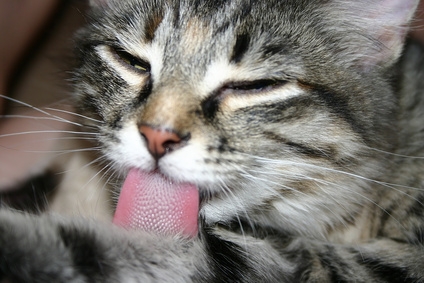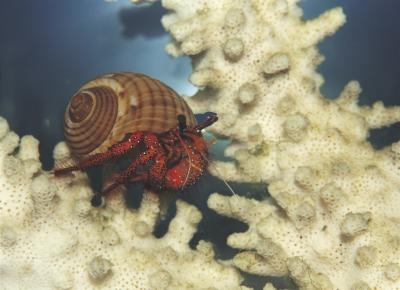Fish like the natural balance in their living quarters and like humans require a healthy diet to remain active, alert and disease free. Just as in our own lives this means a good variety of food is better than a constant stream of one source.
In the wild, fish have to search out food and as such will get a good mixture of diet. But in an aquarium environment, some compromises are necessary. However there are a number of different types of food that can be sourced that will give your fish a good all round diet. Aquatics worms, crustaceans and insect larvae, green plant matter, and algae are good additions to the several flake products that are around. You can also include granules for mid-water fish, and some algae wafers and pieces of cucumber or courgette for the bottom-dwellers.
You also need to know how much food to give your fish and how often you must feed them.
When your feeding your fish the biggest thing is to not have a lot of it sitting on your substrate at the end of a feeding session. If in your case you do have food floating around and sitting on the your substrate, and your fish are not eating anymore, then you are feeding to much. One of the easiest things to switch when feeding your aquarium pet fish is to make sure that the food is similar to the size of your pet fishes mouth. So for example, if you have small fish like guppies, platys, mollies, neons of all kinds, fish along those sizes it just does not make sense to feed them a flake the size of a quarter now does it.
So if you do have fish along these sizes then your flake should be the size of a dime or so. Once you get the first hurdle past, which is how big your food should be, then comes the next hurdle of how long you should feed them for at a feeding session. How I judge this is I'll see how much food the fish can eat with out it hitting the substrate. So if your feeding your fish and the food is just reaching the substrate then immediately getting eaten then your in good shape. After I do this little test of how close to the substrate the food can fall before getting eaten I'll then wait about 30 second before adding more food. This is so the fish can get down what's in their mouths already so that when there is more food put in to the water that they can eat it all before it falls in to the substrate where if not eaten, will pollute the water in the tank.
You should feed your tropical fish at least daily, but only give them enough food to fill them as overfeeding can kill your tropical fish, either by digestive problems or by break-down of rotting food giving poor water quality. One rule of thumb is that you should give them enough food that can be eaten in 2 minutes, and do this 2 - 3 times a day - little and often is good. Not feeding them for one day every two weeks is also recommended.
If you go on holiday, fish can generally last a week without food before any harm comes to them, however two weeks is too long. This can be overcome best by getting a close friend to pop round every couple of days (but make sure the friend knows not to over feed) or to get one of the many autofeeders that releases food on a set timed basis.Variety is the spice of life - to fish also - so a good wholesome variety will leave your fish much more healthy and active.

 Adopting a Pet from an Animal Shelter or Humane Society
Animal shelte
Adopting a Pet from an Animal Shelter or Humane Society
Animal shelte
 How to Care for Dissolvable Stitches After Spaying a Pet
How to Care for Dissolvable Stitches After Spa
How to Care for Dissolvable Stitches After Spaying a Pet
How to Care for Dissolvable Stitches After Spa
 Foods to Avoid Feeding Your Dog
Question: Whi
Foods to Avoid Feeding Your Dog
Question: Whi
 How to Take Care of Saltwater Hermit Crabs
How to Take Care of Saltwater Hermit Crabs
How to Take Care of Saltwater Hermit Crabs
How to Take Care of Saltwater Hermit Crabs
 Massage Therapy for Pets
When you ment
Massage Therapy for Pets
When you ment